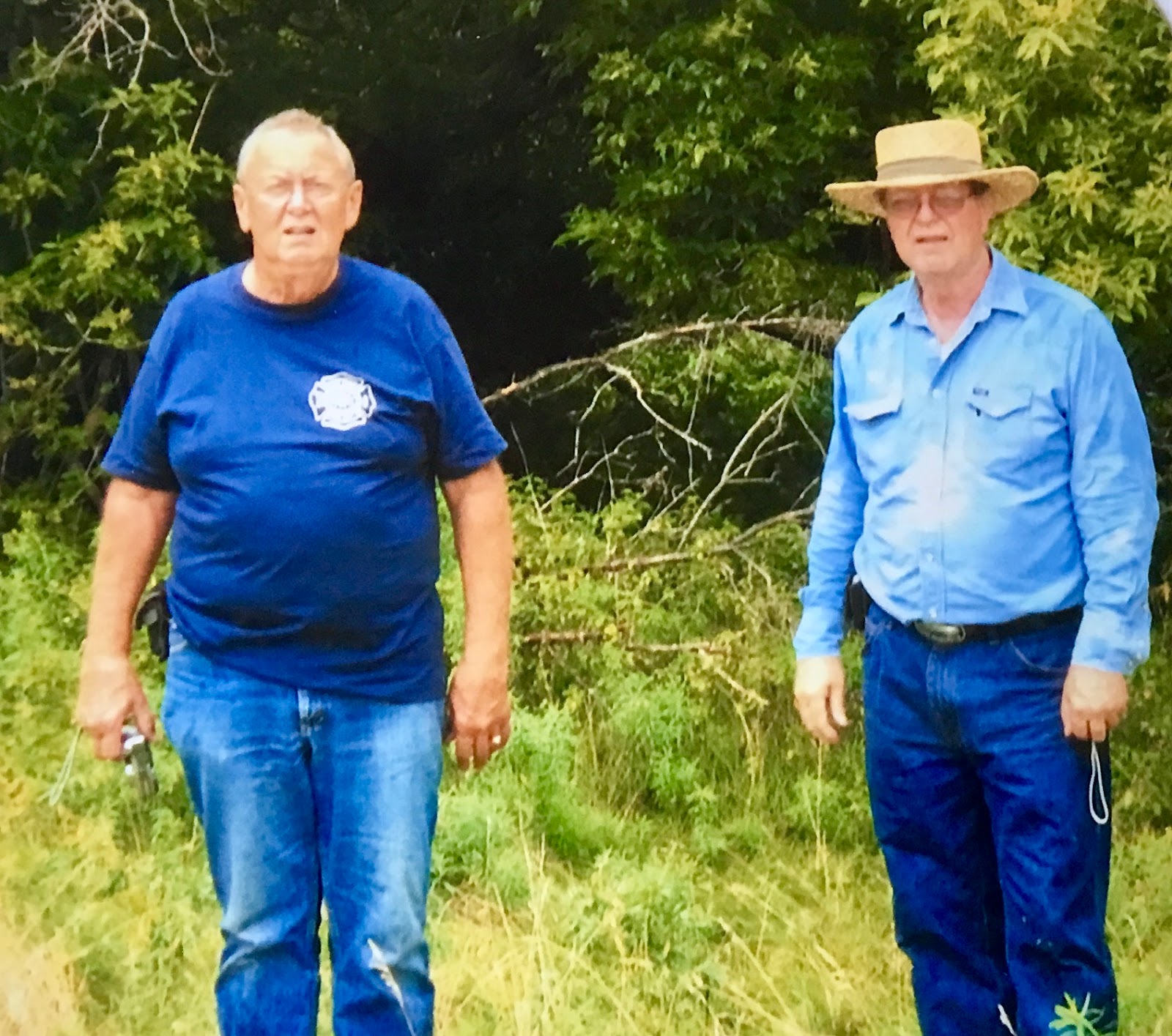Cold and windy, but we were still anxious to get out of town. The Sheldon Lions Club offered the perfect opportunity for doing just that by sponsoring a breakfast on Saturday, and to take advantage of the opportunity we had business to discuss with George and Marlene Bunn. We have a common ancestor in the Vangsness family, and my wife Mary, the inveterate family historian, wanted to fill in some blanks. A lot of information sharing took place and Mary upon returning home went right to her computer to open her RootsMagic program and start adding.
I couldn’t help thinking about the word “community” when we drove down main street. There is very left of the time when several blocks on both sides of the street were filled with businesses. Now only a couple of the old business buildings stand along with the modern structure housing a bar. But a sense of the place remains, and when strangers ask where we are from we respond with a bit of pride - Sheldon.
The walls of the community center are filled with community memorabilia. It is where we find hanging the pictures of high school graduates, military members, and other items pertinent to the town and its people. It is the only meeting place remaining, but since it is aged, thankfully a new building will rise to serve the town’s gatherings. Presumably the artifacts of the past will move to that location.
Upon leaving, we drove once around town and noted the old Methodist church seems to be undergoing a remodeling. New shingles are on the roof and a large dumpster sat outside. Who knows the plans? The school yard has been cleaned with all the wreckage of its demolition removed and bricks intended for repurposing set neatly piled.
My Indian friends have a saying: Mitakuye Oyasin, meaning we are all related. Well, back to George and my sharing the line coming down through the Vangsness family. It turns out he and I are 3rd cousins. George’s sister Janice shared the same relationship and now her kids are in the mix, too. Her sons were at the breakfast, and I was able to snap the picture of just two. Matt left before we got around to it. Ryan was curious just what is our relationship? Third cousin, once removed. Pretty distant isn’t it, but nevertheless the connection is there. The group picture included here is of George and Marlene Bunn and brothers Andrew and Ryan Bartholomay. Matt left earlier.
My wife Mary is a serious family historian and looks for more information all the time. In fact she has formed a Facebook group: Anderson Vangsness Ancestry. If you think you belong on it, join.











